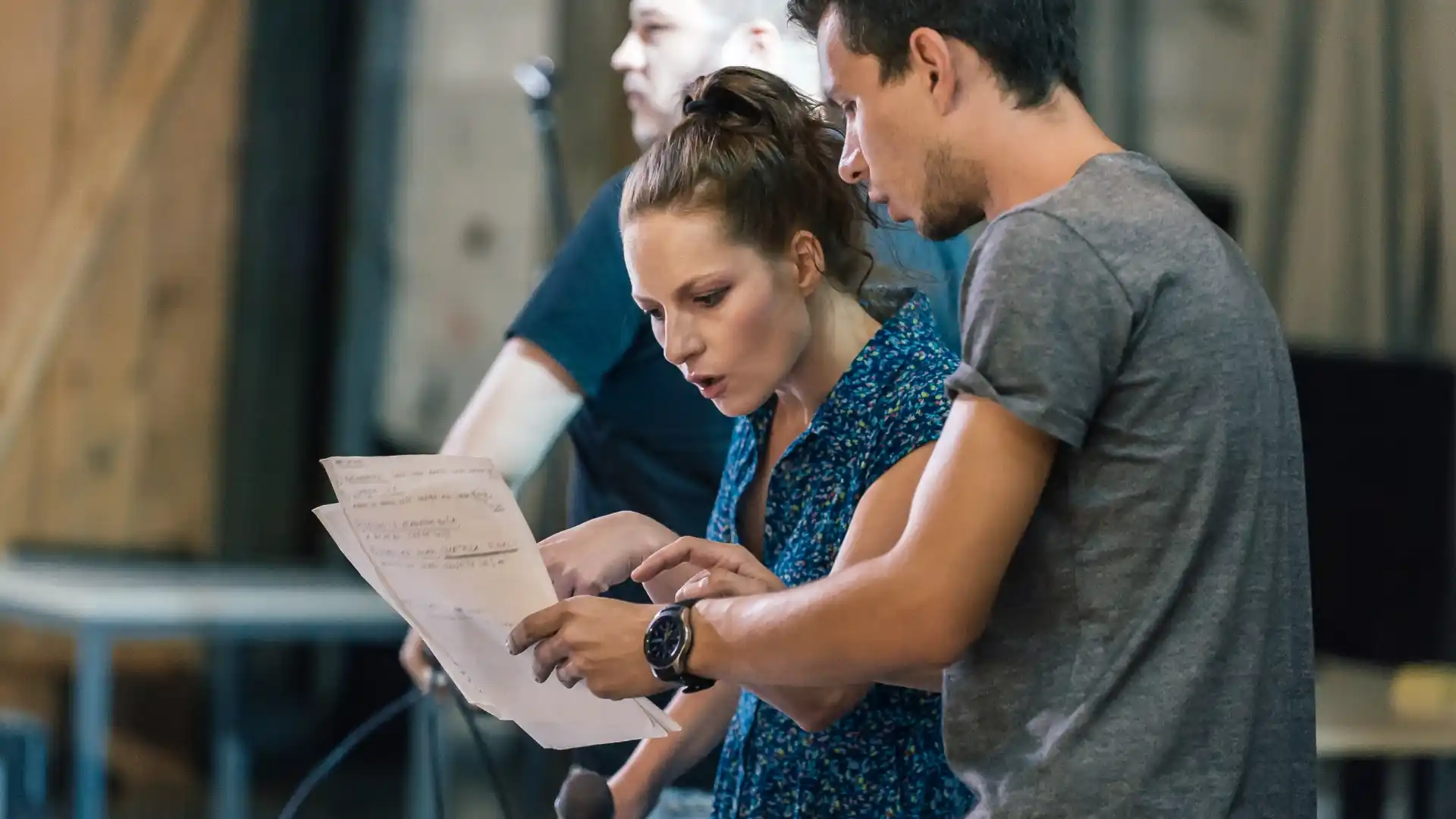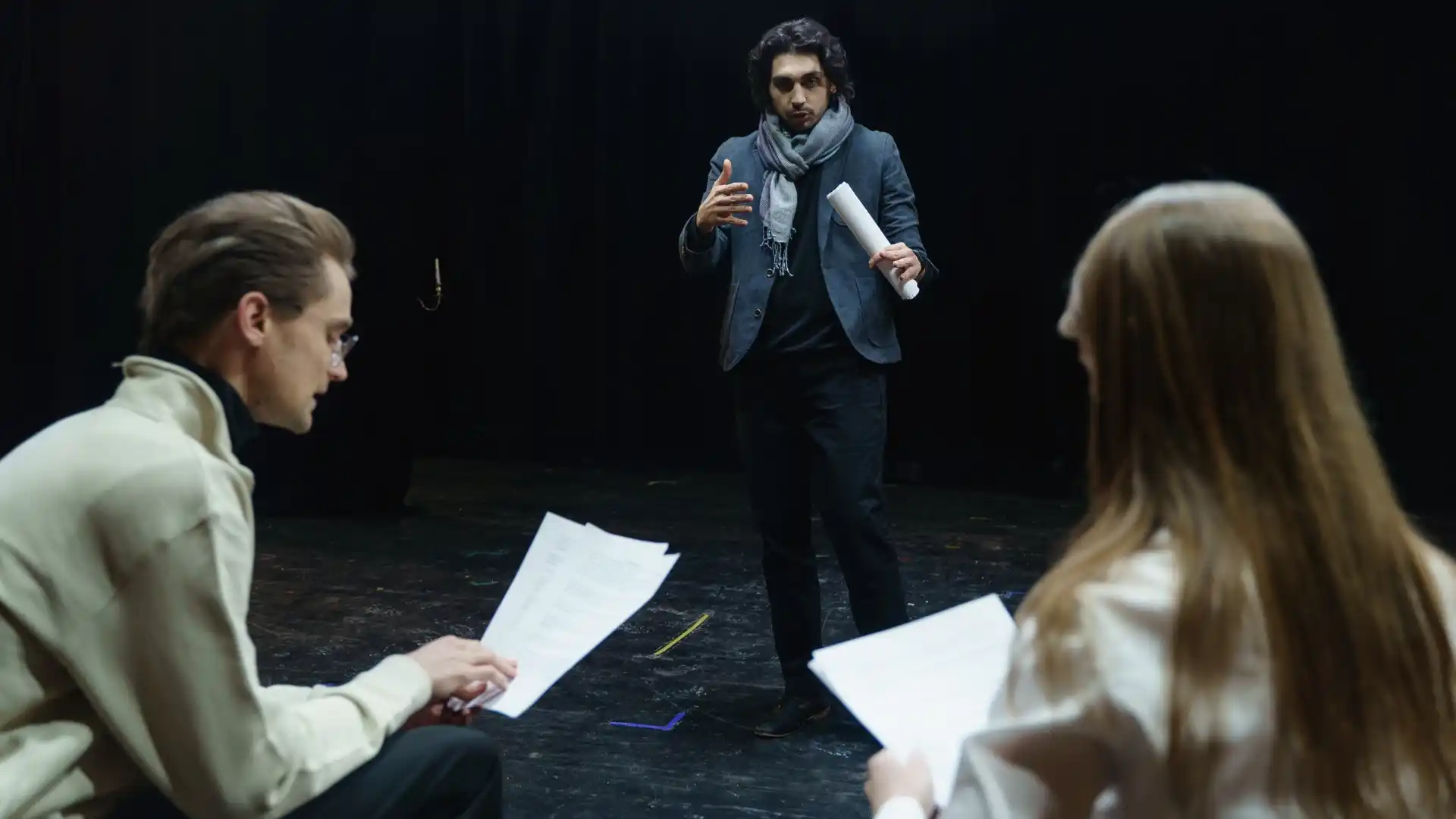Sneaker design is a multifaceted and dynamic field within the fashion and footwear industry that combines creativity, technical skills, and a deep understanding of consumer trends. If you’ve ever wondered what a sneaker designer does on a daily basis, you’re in the right place.
In this article, we will delve into the exciting world of sneaker design and explore the daily responsibilities of a sneaker designer.
Concept Development
One of the primary tasks of a sneaker designer is to develop new concepts for footwear designs. This involves researching current fashion trends, consumer preferences, and market demands to create innovative and marketable sneaker designs.
Sneaker designers often draw inspiration from a variety of sources, including art, music, street culture, and sports.
Sketching and Rendering
Once the initial concept is developed, sneaker designers begin the process of sketching and rendering their ideas. This stage involves translating the concept into detailed sketches and digital renderings that capture the essence of the design.
Sneaker designers use a combination of traditional hand sketching techniques and digital design tools to bring their ideas to life.
Material Selection
Choosing the right materials is crucial in sneaker design, as it can greatly impact the comfort, performance, and aesthetics of the final product. Sneaker designers work closely with material suppliers to select the best fabrics, leather, and synthetic materials for each design.
They also consider factors such as durability, flexibility, breathability, and sustainability when choosing materials for their sneakers.
Technical Design
Sneaker designers are also responsible for creating technical design specifications for their footwear designs. This includes developing detailed blueprints, patterns, and prototypes that serve as the foundation for the manufacturing process.
Technical design skills are essential for ensuring that the final product meets quality and performance standards.
Collaboration with Production Team
Sneaker designers collaborate closely with production teams to oversee the manufacturing process and ensure that the final product aligns with the original design vision.
This involves working with pattern makers, sample makers, and factory technicians to address any technical challenges and ensure that the design is executed accurately.
Market Research and Trend Analysis
Staying ahead of the curve is essential in the fast-paced world of sneaker design. Sneaker designers conduct market research and trend analysis to identify emerging trends, consumer preferences, and competitive products.
By staying informed about the latest developments in the industry, sneaker designers can create designs that resonate with consumers and drive sales.
Presentation and Pitching
In addition to designing sneakers, sneaker designers are often required to present their designs to clients, stakeholders, and marketing teams. This involves creating visually compelling presentations that showcase the design concept, inspiration, and market potential of the sneakers.
Effective communication skills are essential for pitching ideas and gaining buy-in from decision-makers.
Prototyping and Testing
Before a sneaker design goes into production, it undergoes prototyping and testing to ensure quality and performance. Sneaker designers work closely with prototyping teams to create samples and mock-ups of their designs, which are then rigorously tested for comfort, fit, durability, and performance. Feedback from testing is used to refine the design and make any necessary adjustments.
Brand Collaboration and Licensing
Sneaker designers often have the opportunity to collaborate with brands, celebrities, and influencers on limited-edition sneaker collections. These collaborations allow designers to showcase their creativity and reach a wider audience through exclusive releases.
Licensing deals with sports teams, entertainment franchises, and fashion labels are also common in the sneaker industry.
Professional Development
Continuous learning and professional development are essential for sneaker designers to stay competitive in the industry. Attending workshops, conferences, and industry events can provide valuable networking opportunities and insights into the latest trends and technologies in sneaker design.
Pursuing further education or specialized training in areas such as sustainable design, 3D modeling, or sneaker customization can also enhance a designer’s skill set.
Conclusion
A career as a sneaker designer offers a unique blend of creativity, technical skills, and business acumen. From concept development to prototyping to market research, sneaker designers wear many hats in their daily work. By staying inspired, informed, and adaptable, aspiring sneaker designers can carve out a successful career in this exciting and ever-evolving industry.
Key Takeaways:
- Sneaker design involves a mix of creativity, technical skills, and trend awareness.
- Daily tasks include concept development, sketching, material selection, and technical design.
- Collaboration with production teams and market research are crucial aspects of the job.
- Professional development through workshops and continuous learning is essential for success.
- Consider enhancing your skills with the FIT x Complex Sneaker Essentials online course.
Explore the world of sneaker design and elevate your expertise with the FIT x Complex Sneaker Essentials online course and certificate program. Stay ahead of industry trends and refine your skills to pursue a rewarding career in sneaker design.








